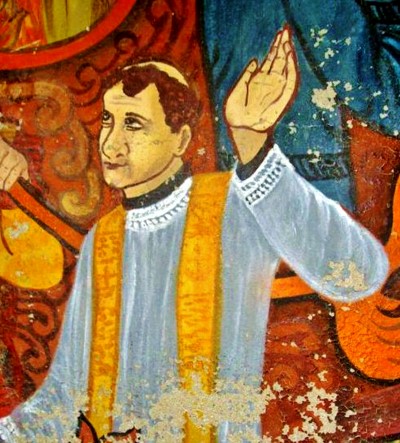.
.

.
The earlier Julian calendar, as well as the modern Gregorian calendar, have January 1 as the first day of the year.
At present, most countries use the Gregorian calendar as their de facto calendar and observe January 1 as the New Year’s Day which is probably the most celebrated public holiday in the world. As the new year starts at the stroke of midnight in each time zone, people invariably greet the New Year’s Day it with fireworks. Globally, New Years’ Day traditions include making new resolutions and meeting the members of one’s family and friends.
.

.
In pre-Christian Rome, the Julian calendar dedicates the first day of the year to Janus, the god of beginnings and transitions. The Romans venerated Janus as the god of gates, doors, doorways, passages and beginnings, and named the first month of the year in his honour. This implies that the New Year’s Day celebrations follow pagan traditions.
Since 45 BC, the Roman Empire used the Julian calendar and had January 1 as the first day of the year. The Gregorian calendar created in 1582 also called the Western calendar and the Christian calendar was a refined version of the Julian calendar and it too had January 1 as the first day of the year.
.

.
In the Gregorian calendar of Christendom, the New Year’s Day liturgically marked the Feast of the Naming and Circumcision of Jesus. The Anglican Church and the Lutheran Church still observe the day as such.
The circumcision of Jesus is an event from the life of Jesus. Verse 2:21 in the Gospel of Luke states:
When eight days were completed for his circumcision, he was named Jesus, the name given him by the angel before he was conceived in the womb.
The Jewish law holds that all males have to undergo circumcision eight days after birth during a Brit milah ceremony, at which they are also given their name. So, according to Jewish tradition, Jesus born on December 25 underwent circumcision on the eighth day of his life on January 1 and named Jesus, the name given him by the angel before Mary conceived him. Hence, liturgically January 1, the New Year’s Day, marked the Feast of the Circumcision of Jesus in the Gregorian calendar of Christendom.
The Eastern Orthodox Church celebrates the event on January 1 as the Feast of the Circumcision. Likewise, the Anglican and Lutheran churches celebrate the Feast of the Circumcision of Jesus on January 1.
Roman Catholics for long celebrated the Feast of the Holy Name of Jesus on January 1. Now, the Roman Catholic Church considers New Year’s Day as a Holy Day of Obligation and celebrates the Solemnity of Mary, Mother of God, on this day.
.
Related articles
- New Year’s Day (en.wikipedia.org)
- Gregorian calendar (en.wikipedia.org)
- Janus (en.wikipedia.org)
- Circumcision of Jesus (en.wikipedia.org)
- How January 1 Became the First Day of the Year (dotwillis.wordpress.com)
- A Historical Look Into The Origins Of “New Years” (ancestryspecialistblog.wordpress.com)
.















